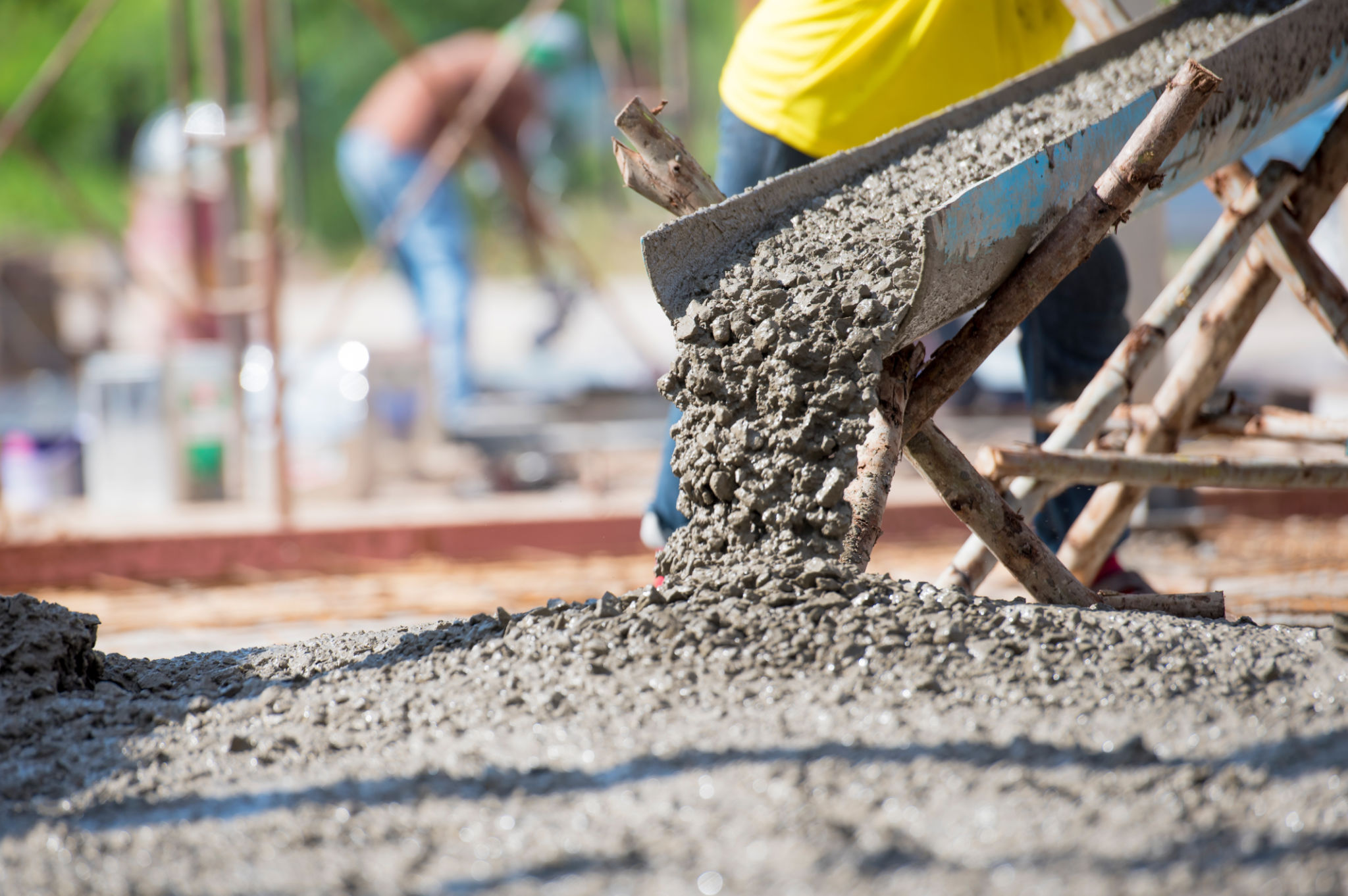Comparing Construction Materials: Wood vs. Steel vs. Concrete
Introduction to Construction Materials
When it comes to construction, choosing the right material is crucial for the success and longevity of a project. Among the most popular materials are wood, steel, and concrete. Each of these materials has its unique properties, advantages, and drawbacks. In this post, we will compare these materials to help you make an informed decision for your next construction project.
The Versatility of Wood
Wood has been used in construction for centuries and remains a popular choice due to its versatility and natural aesthetic. It is a renewable resource, making it an environmentally friendly option when sourced sustainably.
Advantages of Wood
One of the main benefits of wood is its lightweight nature. This can lead to quicker construction times and lower transportation costs. Additionally, wood provides excellent thermal insulation, helping to maintain energy efficiency within buildings.

Drawbacks of Wood
Despite its advantages, wood is susceptible to issues such as rot, pests, and fire. Proper treatment and maintenance are essential to mitigate these risks, which can add to the overall costs of using wood in construction.
The Strength of Steel
Steel is renowned for its strength and durability, making it a favorable choice for large-scale commercial buildings and infrastructure projects. Its ability to withstand extreme weather conditions and seismic activity makes it a reliable option.
Advantages of Steel
Steel's primary advantage is its strength-to-weight ratio. This allows for the construction of taller structures without compromising stability. Additionally, steel is recyclable, contributing to sustainable building practices.
Drawbacks of Steel
However, steel can be prone to corrosion if not properly protected, leading to maintenance challenges. The initial cost of steel structures can also be high compared to other materials.

The Durability of Concrete
Concrete is another widely used material known for its durability and resistance to harsh environmental conditions. It is often used in residential, commercial, and infrastructure projects.
Advantages of Concrete
The primary benefit of concrete is its compressive strength, allowing it to support heavy loads. Concrete also offers excellent fire resistance and requires minimal maintenance over time.
Drawbacks of Concrete
On the downside, concrete has a relatively high carbon footprint due to the production process. It can also be susceptible to cracking over time if not properly mixed or cured.

Conclusion: Making the Right Choice
Ultimately, the choice between wood, steel, and concrete depends on the specific requirements of your project, including budget, environmental considerations, and structural needs. By understanding the strengths and limitations of each material, you can select the best option that aligns with your construction goals.
Whether you prioritize sustainability with wood, strength with steel, or durability with concrete, each material offers unique benefits that can enhance your building's performance and longevity.
